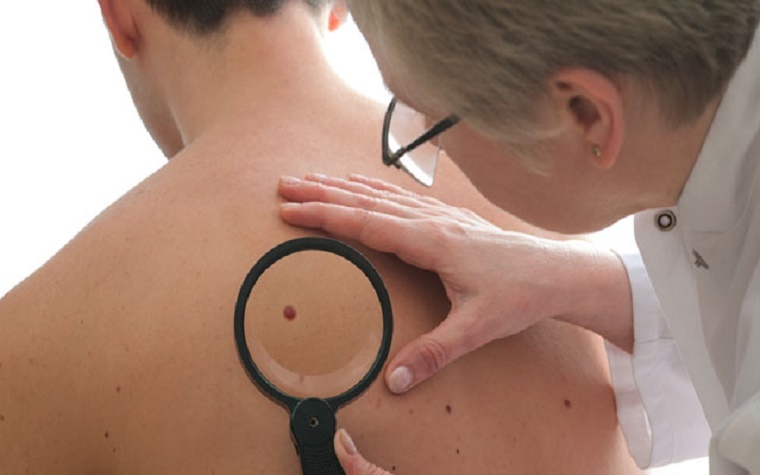A recent editorial in the journal of the American Medical Association, co-authored by a Brown University dermatologist, found that the U.S. Preventative Services Task Force’s standards do not require visual screening for melanomas, but suggest the standards should be altered to do so.
“The evidentiary standard needs to be
further refined to be appropriate to the modest magnitude of potential harms of
a properly performed skin cancer screening,” wrote Dr. Hensin Tsao and Dr.
Martin Weinstock, the latter of Brown University, who co-authored the editorial.
Currently, the Task Force’s “gold standard”
in evidence for screening is multiple well-controlled, randomized clinical
trials, but Weinstock and Tsao suggest that this is not applicable when it
comes to visual screening for melanoma. The authors use the prohibitive costs
of studies that would provide this data, due to the infrequency of melanoma
deaths and therefore the need for a large sample size, and the low potential
for harm to come to patients due to visual screening to support their point.
“If you were to take a poll among
practicing dermatologists, you’d find the vast majority believe that early
detection reduces risk of death from melanoma,” said Weinstock, a professor of
dermatology in the Warren Alpert Medical School of Brown University. “Skin
self-examination and clinician skin examination are a means of early detection.
That’s the predominant tool that we have. It makes eminent sense that primary
care doctors should be trained to do examination for melanoma.”


 Alerts Sign-up
Alerts Sign-up